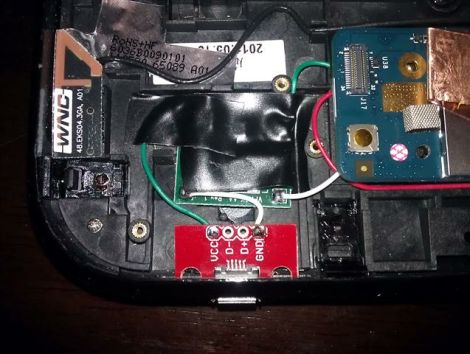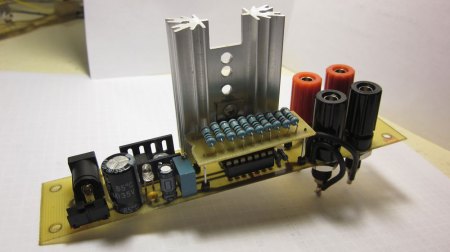
Everyone’s favorite electronic component distributor, Jameco, rolled out a new way for you to make a few bucks off of your projects. It’s called Club Jameco and looks like a great place to design, sell, and learn about new projects from around the Internet.
The premise behind Club Jameco is simple. You send Jameco a short description of one of your projects. If the folks at Jameco think your project will sell, they’ll post it on Club Jameco for some feedback while you write up the instructions and the BOM. Once your project is done, Jameco will build it, sell it, and send you a nice royalty check in the mail.
Already there are some pretty neat projects up on Club Jameco like a build your own transformer kit and a photodiode geiger counter. We’re sure Hackaday readers have a few interesting projects up their sleeves, so we’ll wait patiently until we see them on Club Jameco.
Tip ‘o the hat to [War_Spigot] and [PUNiSH3R] for sending this one in.





 Inspired by a
Inspired by a 









